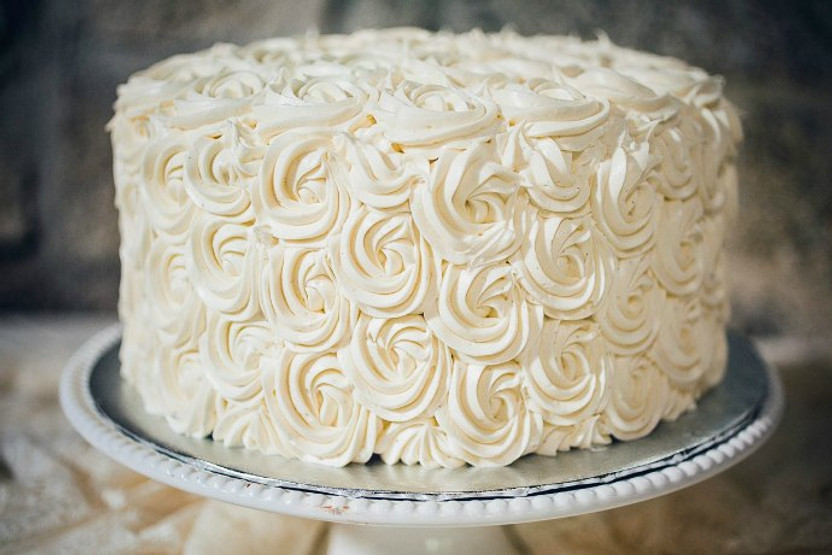From Glaze to Ganache: Types of Frosting
Posted by Julie on Feb 7th 2018
Frosting is delicious in every form, but different types of cakes and pastries call for different types of frosting. Want to know why gingerbread houses require royal icing, buttercream is made for birthday cakes, and wedding cakes often feature fondant? Keep reading as we spread the word on frosting.
Types of Frosting: Buttercream
Buttercream frosting is the perfect place to start because it's both simple and ubiquitous. Nearly any homemade layer cake or batch of cupcakes will feature buttercream frosting. Many recipe variations exist, but they all include butter, powdered sugar, and some form of liquid -- milk, water, cream, or even yogurt. We've heard of people using shortening in buttercream frosting, but that just seems wrong to us. Bake with shortening if you like, but use real, unsalted butter in your frosting.
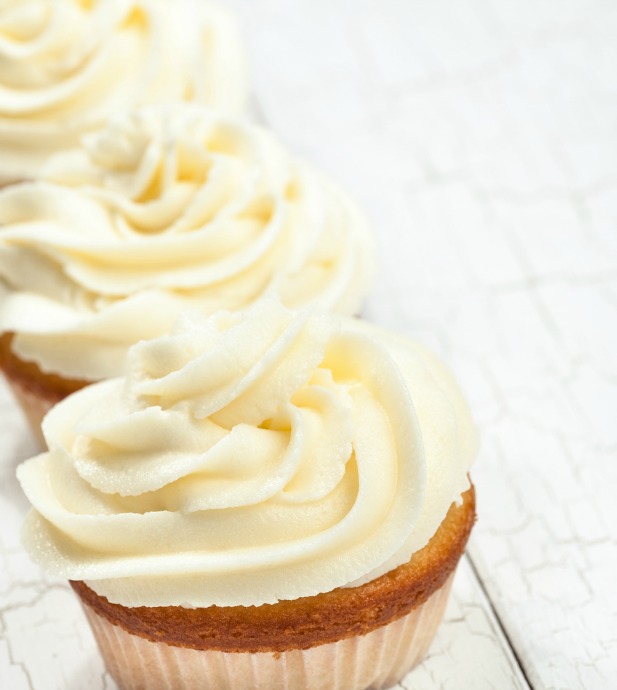
You can spread buttercream frosting with an offset spatula (or small silicone spatula, or even a butter knife in a pinch) between cake layers or pipe it on top of cupcakes or cookies. It's quite versatile and easy to work with, and the high sugar content keeps it from spoiling, so no need to refrigerate your finished desserts.
Types of Frosting: Royal Icing
We covered royal icing in our post about gingerbread houses, but this type of frosting is also good for decorating cookies. Like buttercream frosting, royal icing is simple to make. Combine two cups of powdered sugar for every large egg white, and add water 1/2-teaspoon at a time to thin your royal icing to the desired consistency. Egg whites ensure royal icing hardens to a crisp.

Unfortunately, royal icing isn't known for being nearly as delicious as buttercream or other types of frosting. That's why we were thrilled to run across this post from Serious Eats that offers suggestions to make royal icing worth eating. Author Stella Parks even tested her royal icing upgrades with blind tastings among her friends, so we're confident they will make a difference in the edibility of your royal icing.
Types of Frosting: Ganache
Ganache may sound intimidating, but it actually includes only two ingredients: chocolate and cream. The intimidation factor comes from the different proportions and temperatures used for different applications. For example, mix chocolate and cream in a 1:1 ratio for spreading between cake layers, or a 1:2 ratio for a pourable glaze (ideal for Bundt cakes).
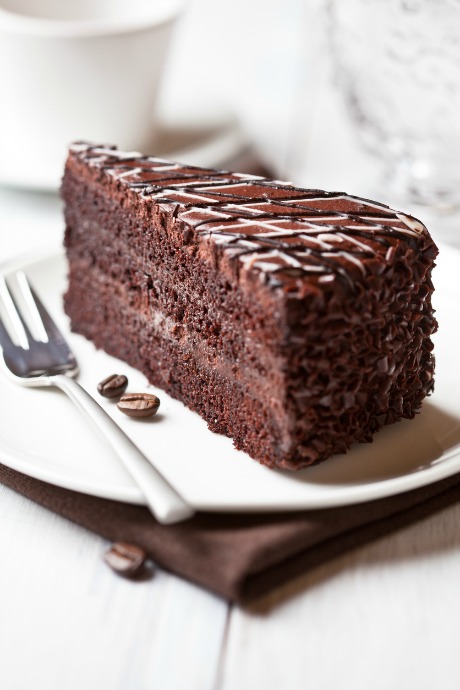
When using as a glaze, pour your ganache while it is still warm, but thick enough to stick to your cake. You don't want it to drip right off. On the other hand, ganache for spreading and frosting should be cooled and then whipped with a mixer to aerate it.
Types of Frosting: Glaze
You'll see glaze used most often with breakfast pastries, like cinnamon rolls, and Bundt cakes. Like buttercream frosting and royal icing, glaze is quite simple: just stir milk into powdered sugar. Glaze is the perfect frosting to make when you don't feel up to making frosting. Bonus: you don't have to wait until your pastries are fully cooled before drizzling glaze on them.
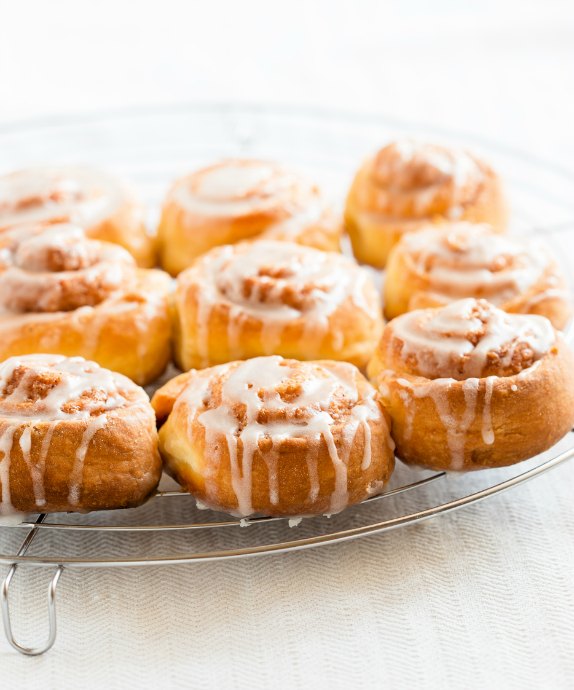
Another reason we love glaze is how easy it is to customize. Check out this recipe featuring lemon zest and juice on The Kitchen Magpie (click through to see her gorgeous Bundt cake). We can imagine using it to top muffins or scones too.
Types of Frosting: Fondant
On the other end of the frosting spectrum is fondant. While making fondant isn't terribly difficult, it does take time and practice to roll, cut, and form shapes. Extra supplies -- like a pastry wheel, fondant cutters, and color pastes -- will make your fondant decorations look even more beautiful. Think of working with fondant as being similar to rolling out sugar cookie dough and using cookie cutters.
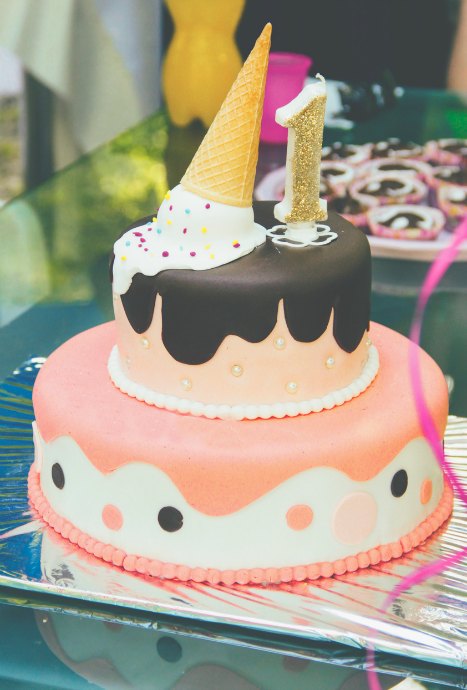
The good news is that mini marshmallows, white chocolate, butter, milk, and powdered sugar are all you need to make fondant. Knead the mixture and add powdered sugar until it's smooth and no longer sticky to the touch. Then you can roll and cut, just as you would with cookie dough. For an easy introduction to using fondant, try the garden cupcakes on Better Homes & Gardens. We bet you'll be hooked.
 Free shipping over $49
Free shipping over $49










